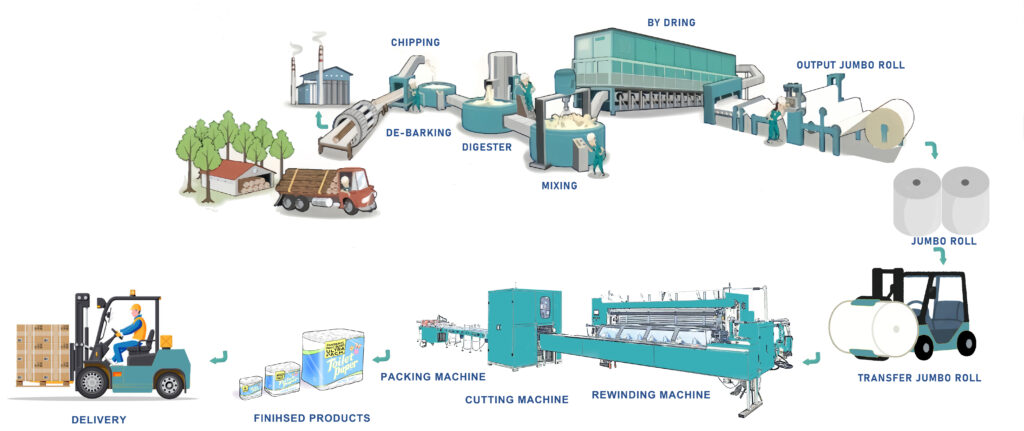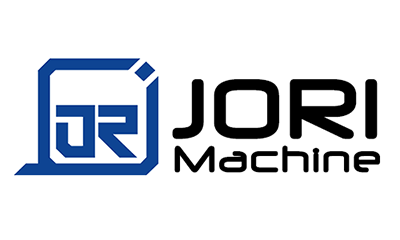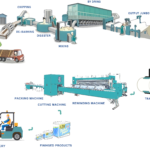
Starting a toilet paper business can be a lucrative venture, given the consistent demand for the product. Here’s an overview of the key steps involved in starting your own toilet paper manufacturing or distribution business:
1. Market Research and Business Plan:
Market Research:
Analyze the local and global market to understand demand, competition, pricing, and consumer preferences. Identify gaps in the market, such as eco-friendly products or premium brands, that you can target.Business Plan:
Develop a comprehensive business plan that outlines your business model (manufacturing or distribution), target market, pricing strategy, marketing plan, and financial projections. This will be essential for securing financing and guiding your business decisions.
2. Choose Your Business Model:
Manufacturing:
This involves setting up a facility to produce toilet paper from raw materials. This option requires significant capital investment in machinery, raw materials, and skilled labor.Distribution:
If manufacturing is too capital-intensive, you could focus on distributing existing brands of toilet paper. This would involve setting up a supply chain, warehousing, and logistics.
3. Legal Requirements:
Business Registration:
Register your business with the relevant authorities, obtain the necessary licenses, and choose an appropriate business structure (sole proprietorship, partnership, LLC, etc.).Environmental and Safety Regulations:
Ensure your manufacturing process complies with environmental regulations regarding waste management and emissions. Also, adhere to health and safety standards to protect your workers.Intellectual Property:
If you’re developing a unique product, consider trademarking your brand name or patenting any innovations.
4. Setting Up Manufacturing:
Equipment and Machinery:
Invest in the necessary machinery for pulping, drying, creping, and converting paper into toilet paper rolls. Key machines include pulp machines, paper machines, and cutting machines.Raw Materials:
Secure a reliable supply of raw materials such as wood pulp, recycled paper, or bamboo, depending on your product focus.Production Facility:
Set up a manufacturing plant with enough space for production, storage, and packaging. Consider factors like proximity to raw material suppliers and ease of distribution.
5. Product Development:
Quality Control:
Establish strict quality control processes to ensure your toilet paper meets industry standards for softness, strength, and absorbency.Product Differentiation:
Consider offering unique features such as hypoallergenic options, eco-friendly materials, or luxury packaging to stand out in the market.Packaging:
Design attractive and functional packaging that reflects your brand identity and appeals to your target market.
6. Supply Chain and Distribution:
Logistics:
Develop an efficient distribution network to deliver your products to retailers, wholesalers, or directly to consumers. This may involve partnerships with logistics companies or setting up your own fleet.Retail Partnerships:
Build relationships with retailers, supermarkets, and online platforms to stock and sell your products. Consider direct-to-consumer sales through your own e-commerce site.Inventory Management:
Implement inventory management systems to ensure you can meet demand without overproducing or running into supply shortages.
7. Marketing and Sales:
Branding:
Create a strong brand identity that resonates with your target audience. This includes a memorable logo, tagline, and consistent messaging across all marketing materials.Marketing Strategy:
Utilize a mix of traditional and digital marketing strategies to promote your product. This could include social media marketing, influencer partnerships, in-store promotions, and online advertising.Customer Feedback:
Encourage customer reviews and feedback to improve your product and build brand loyalty.
8. Financial Management:
Capital Investment:
Depending on your business model, initial costs may include machinery, raw materials, labor, packaging, and marketing. Ensure you have adequate funding or access to credit.Cost Control:
Monitor production costs, optimize your supply chain, and negotiate with suppliers to maintain profitability.Pricing Strategy:
Set competitive pricing that covers your costs while providing value to consumers and leaving room for profit.
9. Sustainability and Innovation:
Eco-Friendly Options:
Consider producing environmentally friendly toilet paper using recycled materials or sustainable resources like bamboo.Innovation:
Stay ahead of industry trends by investing in R&D to develop new products, improve production efficiency, or reduce environmental impact.
10. Scaling and Growth:
Expansion:
Once established, consider expanding your product line to include related products like paper towels, napkins, or facial tissues.Export Opportunities:
Explore international markets to grow your business, especially in regions with growing demand for hygiene products.Franchising or Licensing:
If successful, you could consider franchising your business model or licensing your brand to other producers.

